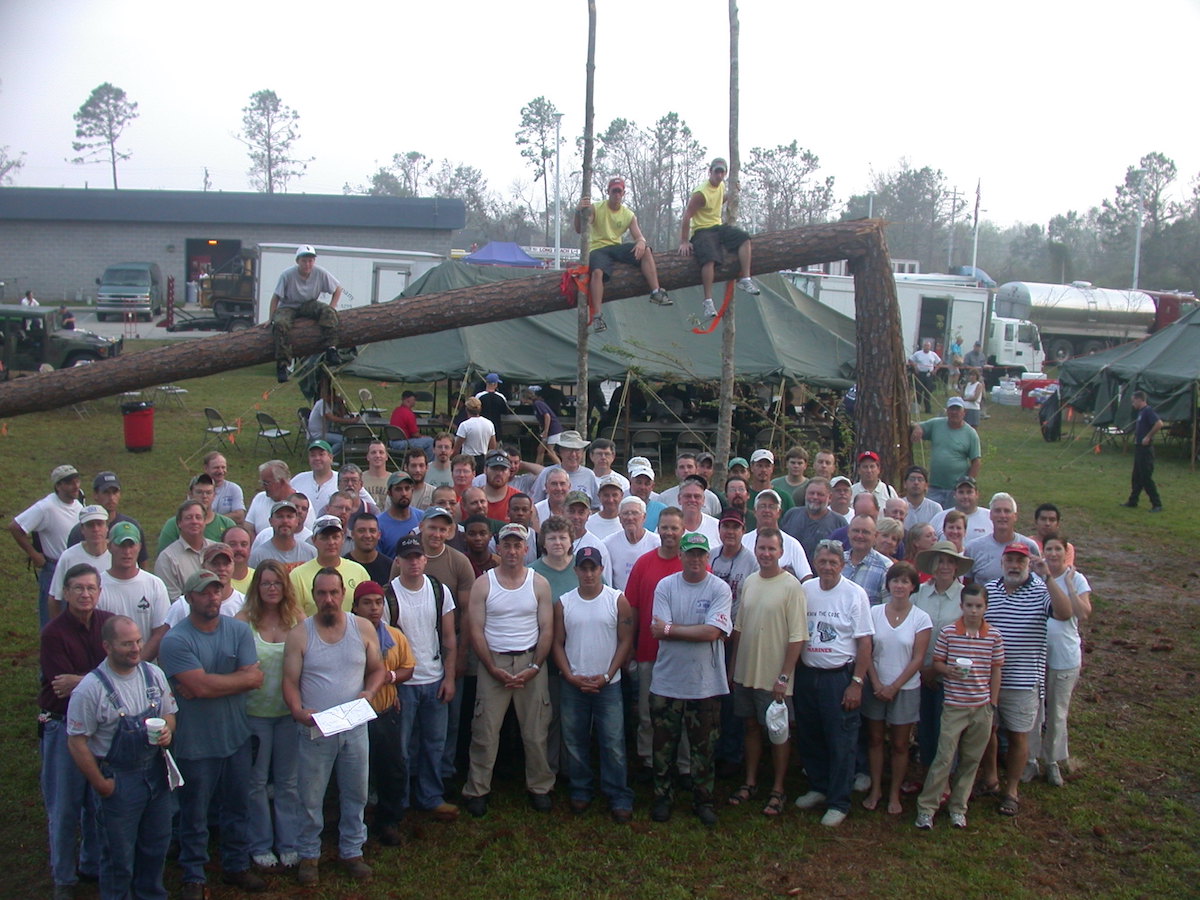By Bill Rauch
After years of chasing with few or no results small manufacturing, the aircraft industry and high-tech start-ups, here’s a local economic development opportunity that is clean and that actually shows promise as a job-producer: oyster farming.
And one of our elected officials, Rep. Shannon Erickson, has identified the opportunity and is seeking to cut the government red tape that is currently inhibiting the industry’s growth here.
Not only would there be new jobs in oyster farming, but (taking a page out of Virginia’s economic development playbook) with some smart leadership, the Carolina Lowcountry could develop an oyster-tasting tourist industry just as wine-producing regions feature wine-tasting trails.
That’s more jobs.
Don’t believe me? Go to www.virginiaoystertrail.com.
Just as wines derive different tastes from different soils, oysters (that each filter about 50 gallons of water a day) derive different tastes from the different creeks, sounds, rivers and marshes in which they are raised.
“The flavor profile of the oysters raised in Beaufort’s waters is distinctive because with no freshwater rivers and very little rain the salinity of the water here is unusually high,” eatlocalbeaufort Executive Chef Brian Waters told me last week. “And that causes our oysters to have that sweet and yet very salty taste that is highly-prized.”
New York Times food writer Rowan Jacobsen, author of The Essential Oyster, agrees. Jacobsen told National Public Radio in 2016, “The oyster industry is now casting its eye down the Southeast coast and seeing paradise.” And the centerpiece of that paradise, professionals say, is the pristine waters of the ACE Basin region from McClellanville to Bluffton.
But to really get the industry building out in South Carolina two problems must be solved.
The first is relatively easy, to the extent that getting a piece of legislation through Columbia is ever easy. Last year the term “genetically modified organism” was naively written into a bill in Columbia that was intended to help the industry. But there is no such thing as a genetically modified oyster and “genetically modified” is a term that puts off serious foodies.
To be clear, farm raised oysters have been “bred,” but they have not been “genetically modifed,” and there is a big difference.
So that error didn’t help … not at all.
Representative Erickson has carved that red herring out of the House version of the rewritten bill and got it passed. It went to the Senate last week.
The other part is more difficult. Wild oysters can be eaten only during the seven months each year that include an “R.” But farmed oysters (that bring about three times the price brought by wild caught oysters) can be harvested and eaten all year round. Moreover, farmed oysters — which are known in the industry as “tetraploids” — have been bred to be larger and meatier than wild oysters which is why they command higher prices in the marketplace.
But the South Carolina Department of Natural Resources (SCDNR) has put a regulation into place that forbids South Carolina’s oyster farmers from having their bred oysters in the creeks and marshes during late spring and early summer, the oyster breeding season.
“We want the tetraploids out of the water during the wild oyster spawning season,” SCDNR’s Director of the Office of Fisheries Management Mel Bell told me last week. “That is to prevent the risk of something unintentional happening. Remember the lion fish. Remember cudzu. When the tetraploids are breeding, they need to be in a biosecure facility.”
Never mind that the 13 other states that support oyster farming allow their tetraploids in the salt water year round with the wild oysters. Never mind that there have been no cases anywhere of a bred oyster successfully breeding with a wild oyster. Never mind that the marine scientists confirm that for solid science-based reasons bred oysters cannot breed with wild oysters.
“South Carolina is different,” Director Bell says. “Our environment is different and our oysters are different. And we have 400 permitted oystermen and women whose livelihoods depend upon DNR protecting South Carolina’s wild caught oysters.”
If the farmed oysters cannot be in the creeks and marshes during spawning season, but must be kept instead in a biosecure facility, some die and many are unable to maintain the vitality that is required for breeding. Thus yields are low and the breeders cannot get as much seed to the farmers as the farmers would like.
There are ten oyster farms between McClellanville and Bluffton today, and three times that many are waiting to open when the seed becomes plentiful enough that they can be assured they can get enough to turn a profit.
“We’re working on that part,” Representative Erickson says, “We’re just not there yet.”
Bill Rauch was the mayor of Beaufort from 1999-2008. Email Bill at TheRauchReport@gmail.com.





